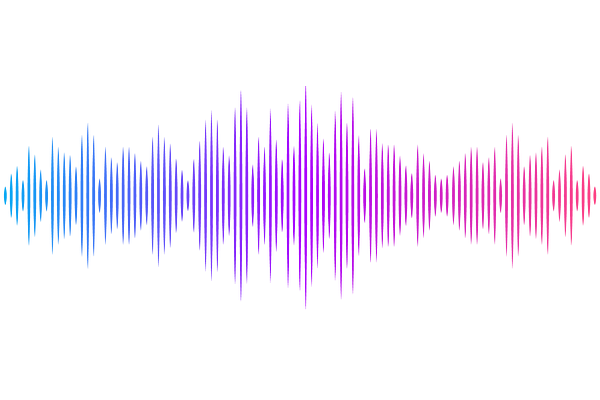TumFlow: An AI Model for Predicting New Anticancer Molecules

TumFlow: An AI Model for Predicting New Anticancer Molecules
Rigoni, D.; Yaddehige, S.; Bianchi, N.; Sperduti, A.; Moro, S.; Taccioli, C.
AbstractMelanoma is a severe form of skin cancer increasing globally with about 324.000 cases in 2020, making it the fifth most common cancer in the United States. Conventional drug discovery methods face limitations due to the inherently time consuming and costly. However, the emergence of artificial intelligence (AI) has opened up new possibilities. AI models can effectively simulate and evaluate the properties of a vast number of potential drug candidates, substantially reducing the time and resources required by traditional drug discovery processes. In this context, the development of AI normalizing flow models, employing machine learning techniques to create new molecular structures, holds great promise for accelerating the discovery of effective anticancer therapies. This manuscript introduces a novel AI model, named TumFlow, aimed at generating new molecular entities with potential therapeutic value in cancer treatment. It has been trained on the comprehensive NCI-60 dataset, encompassing thousands of molecules tested across 60 tumour cell lines, with a specific emphasis on the melanoma SK-MEL-28 cell line. The model successfully generated new molecules with predicted improved efficacy in inhibiting tumour growth while being synthetically feasible. This represents a significant advancement over conventional generative models, which often produce molecules that are challenging or impossible to synthesize. Furthermore, TumFlow has also been utilized to optimize molecules known for their efficacy in clinical melanoma treatments. This led to the creation of novel molecules with a predicted enhanced likelihood of effectiveness against melanoma, currently undocumented on PubChem. Availability and implementation of the code on https://github.com/drigoni/TumFlow.